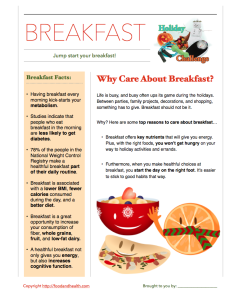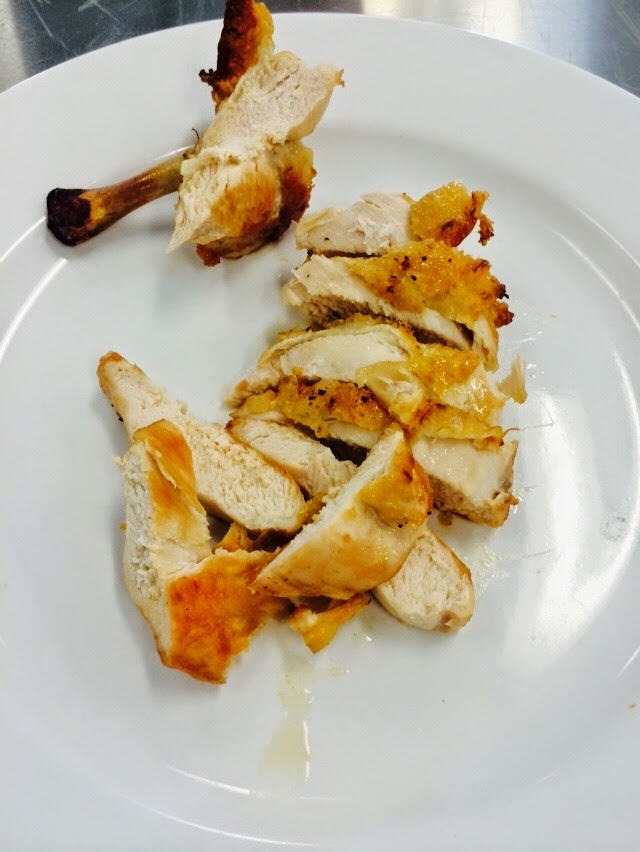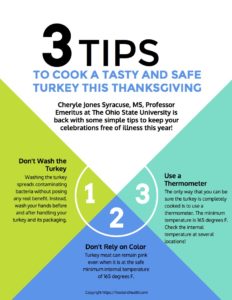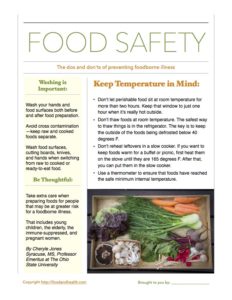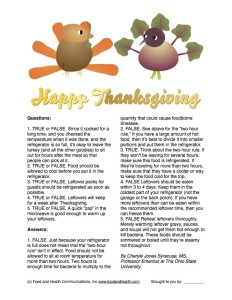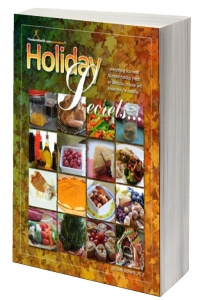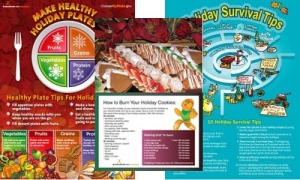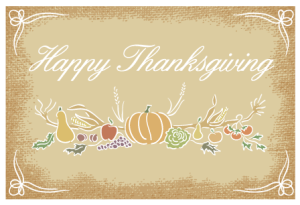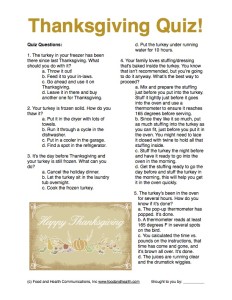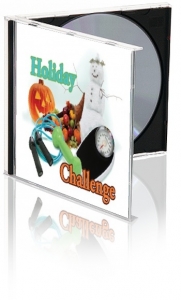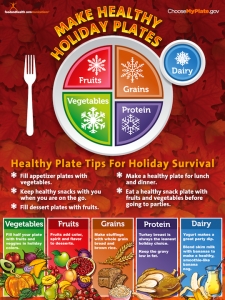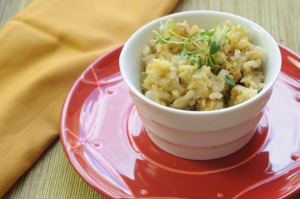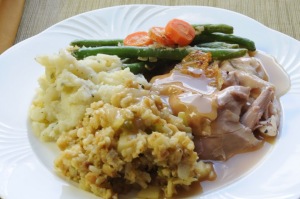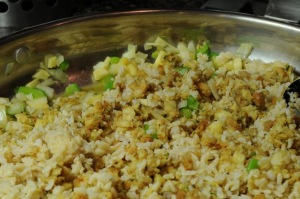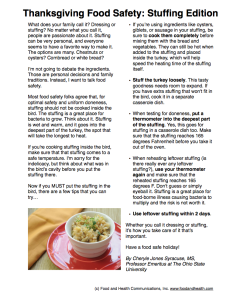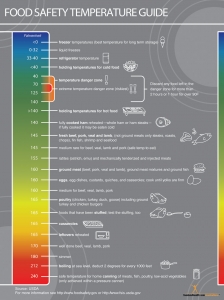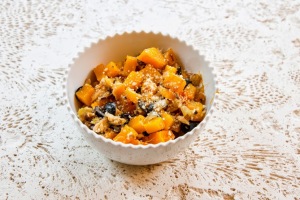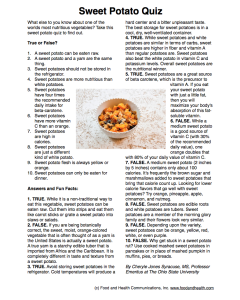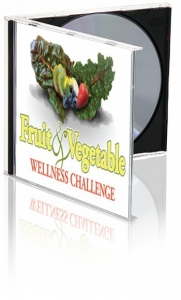Have you had a moment to check out the Holiday Wellness Challenge?
The Holiday Wellness Challenge offers a fun way keep your clients on track during the holiday season. After all, according to a study published in the New England Journal of Medicine, Americans gain an average of .4 to 1.8 pounds each year during the holidays. With a little know-how and some fun strategies, this weight gain can be avoided.
To get the details about the Holiday Wellness Challenge, check out the post Holiday Wellness Challenge over in the Food and Health blog.
And for an even closer look, I want to offer a preview of one of the chapters today!
Here’s the first handout from Chapter Five: Jump Start Your Breakfast. Feel free to download it and distribute as you see fit!
Why Care About Breakfast?
Life is busy, and busy often ups its game during the holidays. Between parties, family projects, decorations, and shopping, something has to give. Breakfast should not be it.
Why? Here are some top reasons to care about breakfast…
- Breakfast offers key nutrients that will give you energy. Plus, with the right foods, you won’t get hungry on your way to holiday activities and errands.
- Furthermore, when you make healthful choices at breakfast, you start the day on the right foot. It’s easier to stick to good habits that way.
Breakfast Facts:
Having breakfast every morning kick-starts your metabolism.
Studies indicate that people who eat breakfast in the morning are less likely to get diabetes.
78% of the people in the National Weight Control Registry make a healthful breakfast part of their daily routine.
Breakfast is associated with a lower BMI, fewer calories consumed during the day, and a better diet.
Breakfast is a great opportunity to increase your consumption of fiber, whole grains, fruit, and low-fat dairy.
A healthful breakfast not only gives you energy, but also increases cognitive function.



